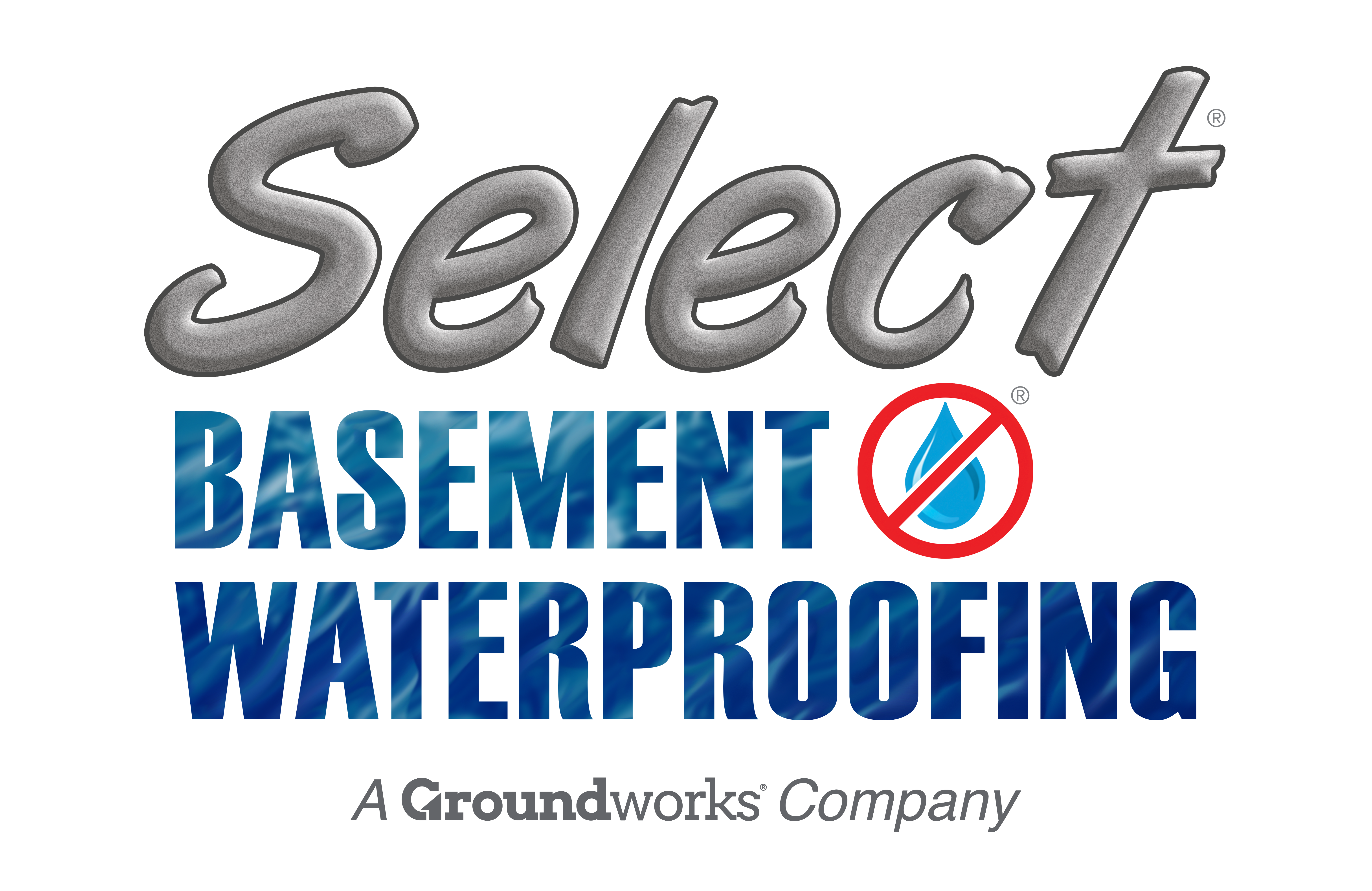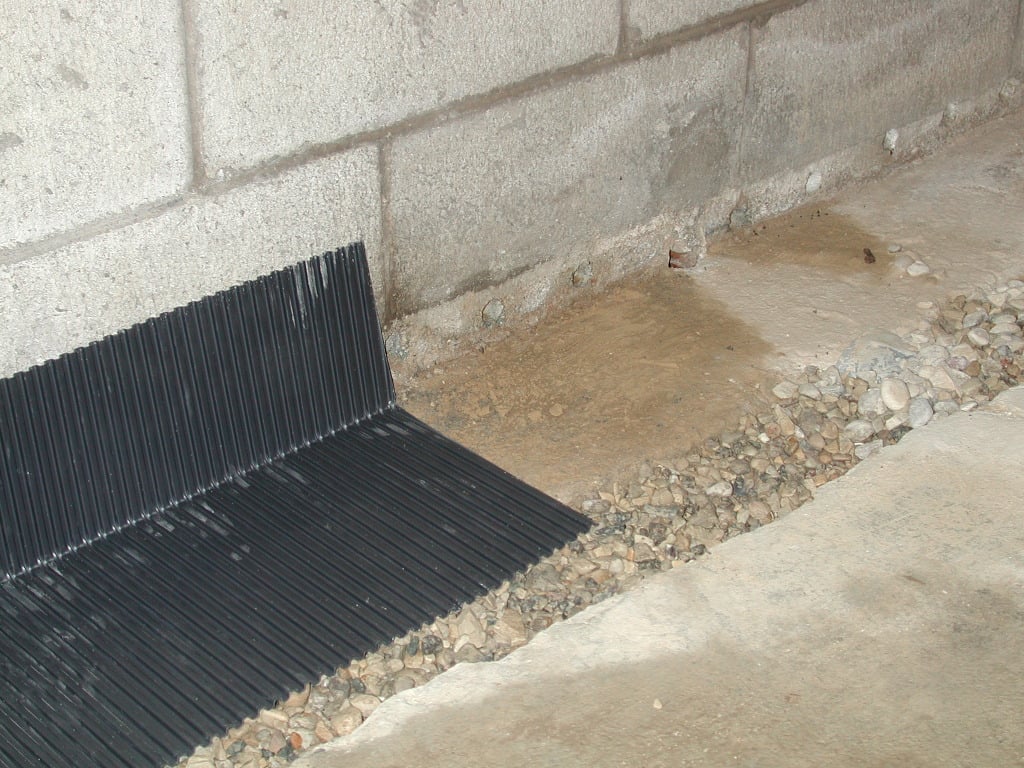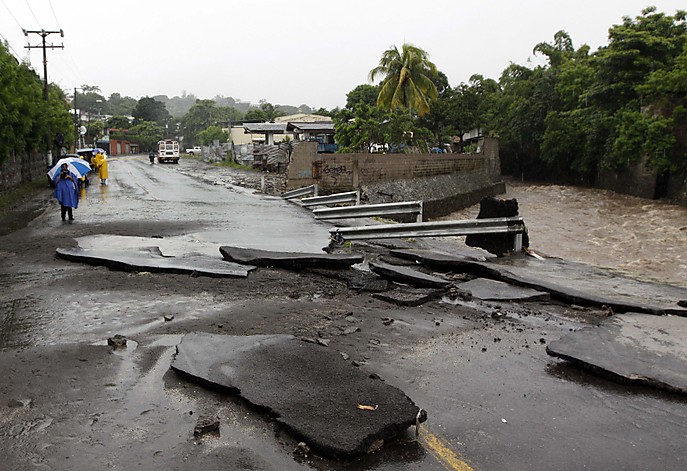Drain Tiles
Basement waterproofing refers to the process of using certain methods, materials and techniques to prevent water from penetrating the basement of a building or house. Since a basement is always located underneath the house or building waterproofing would require the use of strong sealants and materials as well as the installation of drain pipes and sumps to collect and remove water from accumulating in the basement.
Finding someone to repair leaks in your basement or home and perform any other repairs related to water seepage, leaking or flooding can be difficult. If you have a ‘water’ problem the first person that pops in your mind is a plumber but you would actually have to seek the basement waterproofing contractor.
Seepage through a cove joint is one common water problem in any basement. The cove joint is a small opening that lies between your basement floor and the wall. Heavy rainfall and melting snow cause hydrostatic pressure forcing water through the foundation.
Sealants won’t work as the pressure is so strong that it will force the sealants that is placed in the cove joint out. Instead, interior drain tiles will have to be installed to relieve water pressure to drain the water from the house.
Here are three reasons why a plumber won’t be able to install drain tiles –
- Training – Mostly plumbers are not trained or qualified to repair basement waterproofing problems. Their skills are directed towards how to control the entry and exit of water in the house in the proper fashion. Only the basement waterproofing contractor would be skilled and trained to fix basement water seepage problems.
- Experience – Even though the plumbers are efficient and could probably make out how to install drain tiles, they won’t have the necessary experience to finish the job efficiently. Only a basement waterproofing contractor would have the years of experience dealing with all kinds of basements to have the installation and design experience to properly install basement drain tiles.
- Materials and technology – Again only a basement waterproofing contractor would have all the requisite materials, products, and high-end technology needed to safely and effectively install drain tiles in the basement of a house or building and keep your basement clean and dry.
A plumber, even though his work has evolved through the years, will carry only the materials and equipment he would need to carry out his plumbing work effectively. The technology and material required for basement waterproofing would be much more expensive than what a plumber can afford.


